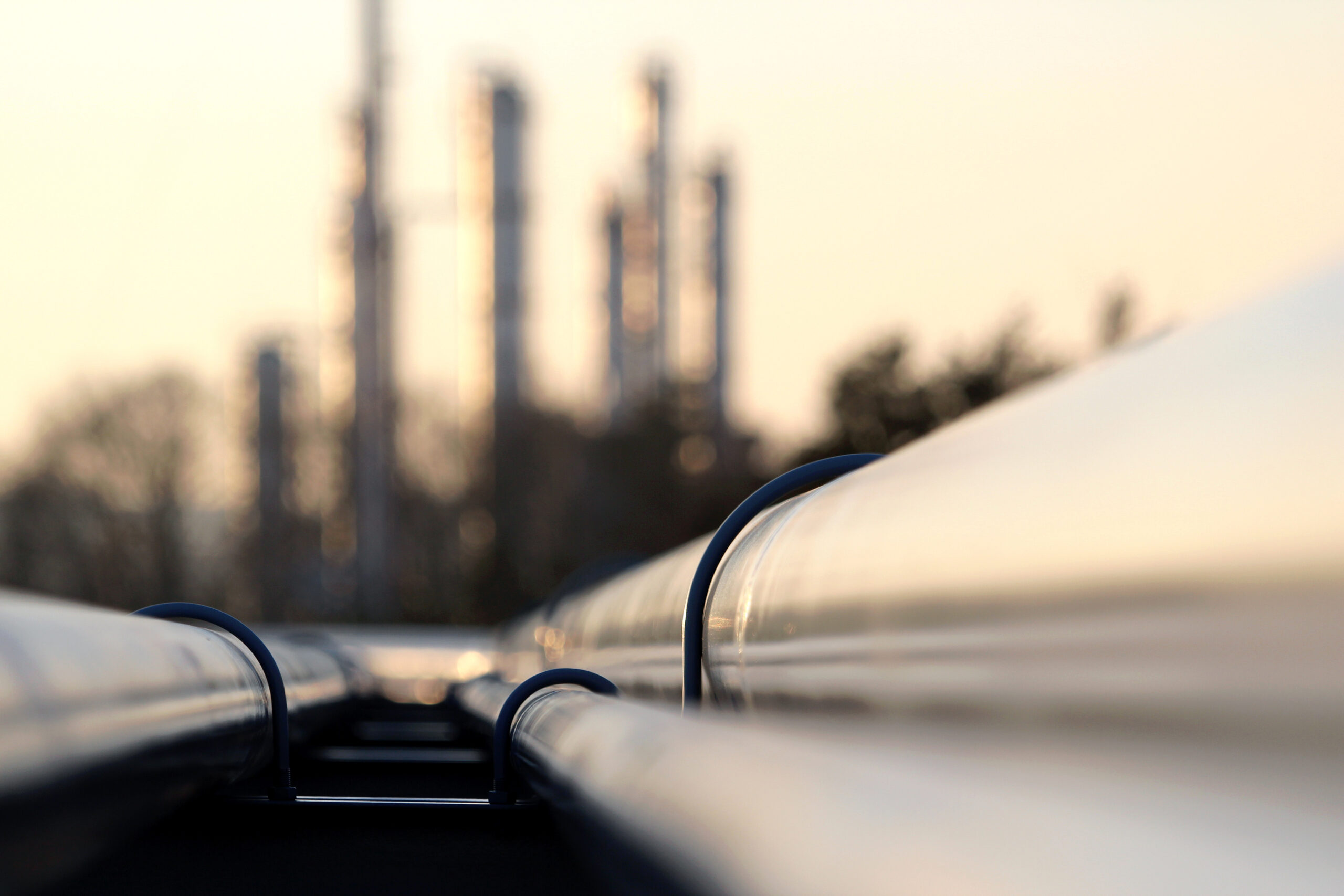
13.06.2025
How CO₂ Management Will Become Safer and More Affordable
On Tuesday, June 17, the official opening of the Longship CCS project will take place. Significant knowledge has flowed into Longship through the CLIMIT programme, which in 2025 marks two decades of important contributions to CCS solutions.
“IntoCloud” is one of the projects currently supported by CLIMIT.
The project aims to make future CO2 management safer and more affordable. New experiments and models will provide better insights into how CO2 behaves in the event of accidental releases from pipes and tanks. – We need to understand more in order to improve safety and reduce costs, says Hans Langva Skarsvåg, researcher and project manager at SINTEF Energy.
Knowledge for Safer CO2 Infrastructure
With a growing number of carbon capture and storage projects underway across Europe,
the need to understand what happens during leaks in transport or intermediate storage is increasing. According to Hans Langva Skarsvåg, we are now at a crossroads. – CO2 management is a growing industry. It is therefore crucial that we have knowledge that supports safe and efficient facilities. To achieve this, we must better understand how CO2 actually behaves when released, he explains.
Current modelling tools often rely on simplified assumptions. For example, the role of dry ice is not well understood, and there is a lack of validation data for leaks from cold conditions – particularly relevant for intermediate storage and ship transport. IntoCloud aims to close these knowledge gaps.
Backed by Industrial Giants
The project is led by SINTEF Energy and carried out in close collaboration with the University of South-Eastern Norway (USN), DNV, SLB Capturi, and Aker Solutions – supported by a consortium of major national and international energy companies and gas network operators, including Equinor, Gassco, TotalEnergies, BP, Open Grid Europe, and NaTran. – This is not an academic project disconnected from industrial applications. When so many strong and experienced players contribute both expertise and resources, it shows that we are addressing a real need. They know that better models and data are critical for developing large-scale CO2 infrastructure, says Skarsvåg. He adds that the dialogue with industry partners is characterized by a high level of expertise and strong commitment. The partners are actively involved, and technical discussions are both in-depth and concrete.
New Test Rig and Experiments
In the project’s first phase, SINTEF and USN have prepared experiments to simulate leaks from pipes and tanks under realistic conditions. A test rig is now being built at the University of South-Eastern Norway, where researchers will conduct release experiments under varying temperatures and pressure conditions.
The aim is to gather data to support new, validated, physics-based models of CO2 leakage and dispersion – with particular focus on the role of dry ice. Dry ice forms when pressurized CO2 is released and freezes into solid form. This affects both how the gas disperses in air and how fast it spreads. – When you release pressurized CO2, temperature can drop dramatically.
Large amounts of dry ice are formed, but we know little about where it actually ends up and how it impacts safety, says Skarsvåg.
Safer and More Cost-Effective Solutions
Skarsvåg emphasizes that a sound understanding of safety also has economic implications. Without insight into CO2 behaviour, conservative assumptions must be used. This can lead to oversized and costly solutions. – If you don’t have good data, you must assume the worst. This may result in unnecessarily large safety zones or equipment installations, that aren’t really needed. In the worst case, such decisions can prevent investment because the costs become too high, Skarsvåg explains. By developing better models and data, IntoCloud aims to help enable safer facilities without spending more money than necessary.
Results Will Be Publicly Available
An important principle of the project is that all results and data will be published openly.
This means both researchers and industry can use them to improve their own solutions and tools. – The goal of IntoCloud is also to share knowledge openly, achieving has the greatest possible impact. This allows for validation and improvement of commercial tools used in design and safety analysis, says Ernst Petter Axelsen, CLIMIT representative at Gassnova, who follows the project on behalf of the programme.
IntoCloud has a total budget of NOK 29.8 million and runs until 2029. CLIMIT is contributing NOK 11.9 million.
– Society has set ambitious goals for climate action in the near future. If CCS is to play a real role in climate mitigation, we must be both thorough and fast, concludes project manager Hans Langva Skarsvåg at SINTEF Energy.
